How To Make 1 In Knitting
How To Make 1 In Knitting - By following the instructions, you can increase your stitch count by one and this will make your project get wider. In this video, jen lucas explains how to work the… This can sometimes be a bit fiddly. This increase is called a make 1, because you make a stitch by itself, instead of using a previous stitch. Web make 1 is the most invisible increase in knitting. Pick up the strand between two stitches with the left needle coming from behind. Knit into front and back of the same stitch. Have you ever heard or seen the knitting stitch m1? Web the elasticity and bulkiness of the pieces: Work a m1 just like a regular knit stitch, but instead of inserting your working needle into the stitch on the left needle, you will: Work your row until the point where your pattern calls for the m1r. Have you ever heard or seen the knitting stitch m1? It’s the abbreviation for the simplest increase in knitting. Pick up the strand between two stitches with the left needle coming from behind. Knit into front and back of the same stitch. Web one form of increasing in knitting is to work into the strand between two stitches. Web the elasticity and bulkiness of the pieces: Web find the top horizontal bar of yarn between the first stitch on the left needle and the first stitch on the right needle. Web this is one new stitch made! I am using the schachenmayr. Web find the top horizontal bar of yarn between the first stitch on the left needle and the first stitch on the right needle. Web purl through the back of this strand. Web the make one increase is a great way to add more fabric to your knitted project. Web how to make one stitch in knitting : (check out. It’s the abbreviation for the simplest increase in knitting. Here's how to knit it. Did you wonder what on earth it meant?! Lift the bar between the two purl stitches with your left needle, bringing the needle towards you, i.e. Work your row until the point where your pattern calls for the m1r. This increase is called a make 1, because you make a stitch by itself, instead of using a previous stitch. Open your work slightly so you can see the piece of yarn that connects the two stitches. Web purl through the back of this strand. This is the bar of yarn that you will be adding to the needle to. It will create a beautiful eyelet. Crochet tends to be bulkier and more resilient while knitting offers more elasticity and drape, ideal for wearables like scarves and mittens. Have you ever heard or seen the knitting stitch m1? The most basic way to increase is knitting in the front and the back of a stitch. So easy, you'll be knitting. Insert your working needle into the stitch knitwise and knit this stitch normally. Web how to make 1 in knitting. It is possible that she meant “make 1 below”, which can be worked on the first stitch. Crocheting requires the use of one active hand while knitting requires the use of two. Pick up the strand between two stitches with. Web the elasticity and bulkiness of the pieces: Insert the right needle into the lifted strand from left to right. Insert your working needle into the stitch knitwise and knit this stitch normally. Web purl through the back of this strand. It is less noticiable than knitting into the front and back of a stitch. Work your row until the point where your pattern calls for the m1r. Knit into front and back of the same stitch. Web how to make one stitch in knitting : This increase is called a make 1, because you make a stitch by itself, instead of using a previous stitch. This is a bit contorted, as you need to. In this video, jen lucas explains how to work the… You simply lift a strand between two stitches back to the needle and knit it. If so, let me tell you, it is so easy…you’ll be doing it in less than 5 minutes after watching this! It will create a beautiful eyelet. Web make one increases are created by working. It is possible that she meant “make 1 below”, which can be worked on the first stitch. Web purl through the back of this strand. The most basic way to increase is knitting in the front and the back of a stitch. Insert your working needle into the stitch knitwise and knit this stitch normally. (check out the photo above for an example.) This increase is called a make 1, because you make a stitch by itself, instead of using a previous stitch. Insert the right needle into the lifted strand from left to right. Did you wonder what on earth it meant?! Web this is one new stitch made! Knit into front and back of the same stitch. Before you try the m1, identify the bar between the two stitches. So go slowly and knit very close to the tip of the needle. The more nuanced jargon begins to appear as you shape your garments, that might be giving a nipped in waist to a jumper or cardigan, it might be adding a slouch to a beanie or fabulous flattening to the brim of a beret. Insert your working needle from the front to the back under the strand between the needles. Web make one increases are created by working into the strand in between two stitches on your knitting needles. Gently pull your knitting apart and notice the horizontal bar or strand that runs in between each stitch.
Make One Left (M1L) Quick 1 Minute Knitting Tutorial YouTube
![How to M1L and M1R Knitting increases without the confusion [+video]](https://nimble-needles.com/wp-content/uploads/2020/04/make-one-right-2-1024x684.jpg)
How to M1L and M1R Knitting increases without the confusion [+video]
/M1_4-5ad10f1418ba010037438ea3.jpg)
How to Increase Stitches with Make One (M1) in Knitting
Make One or M1 in Knitting What It Is and How to Do It
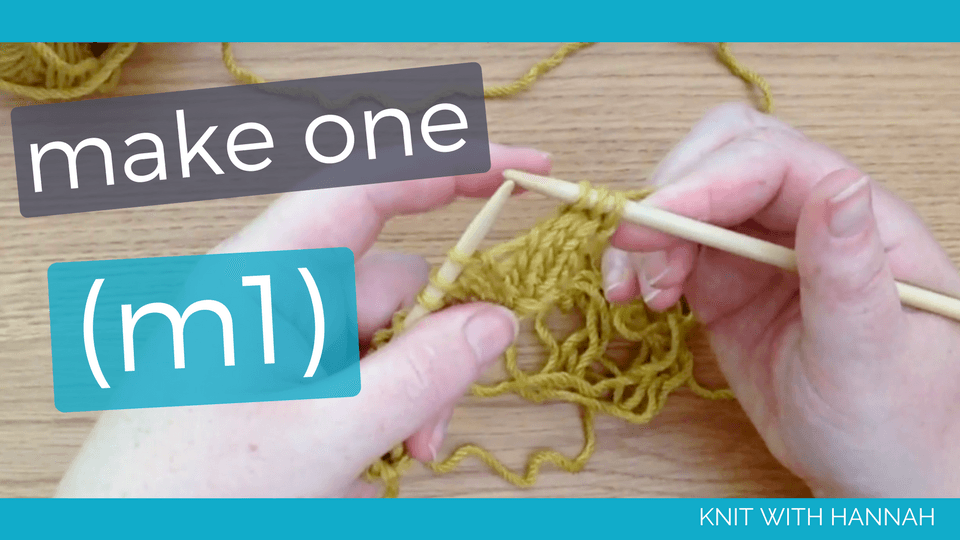
How To Make 1 Stitch (m1) Knit With Hannah
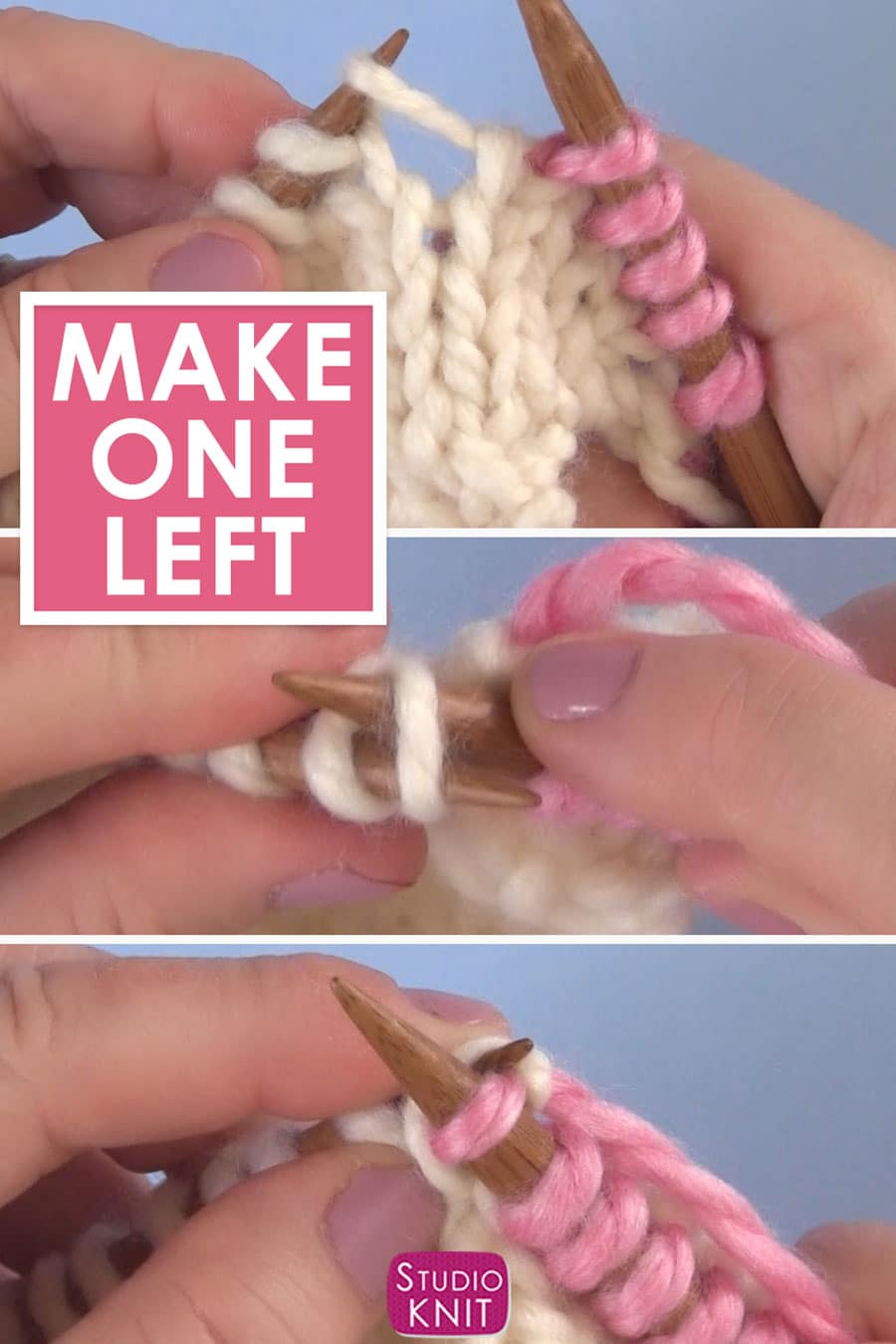
Make One Knitting Increase (M1, M1L, M1R) Studio Knit
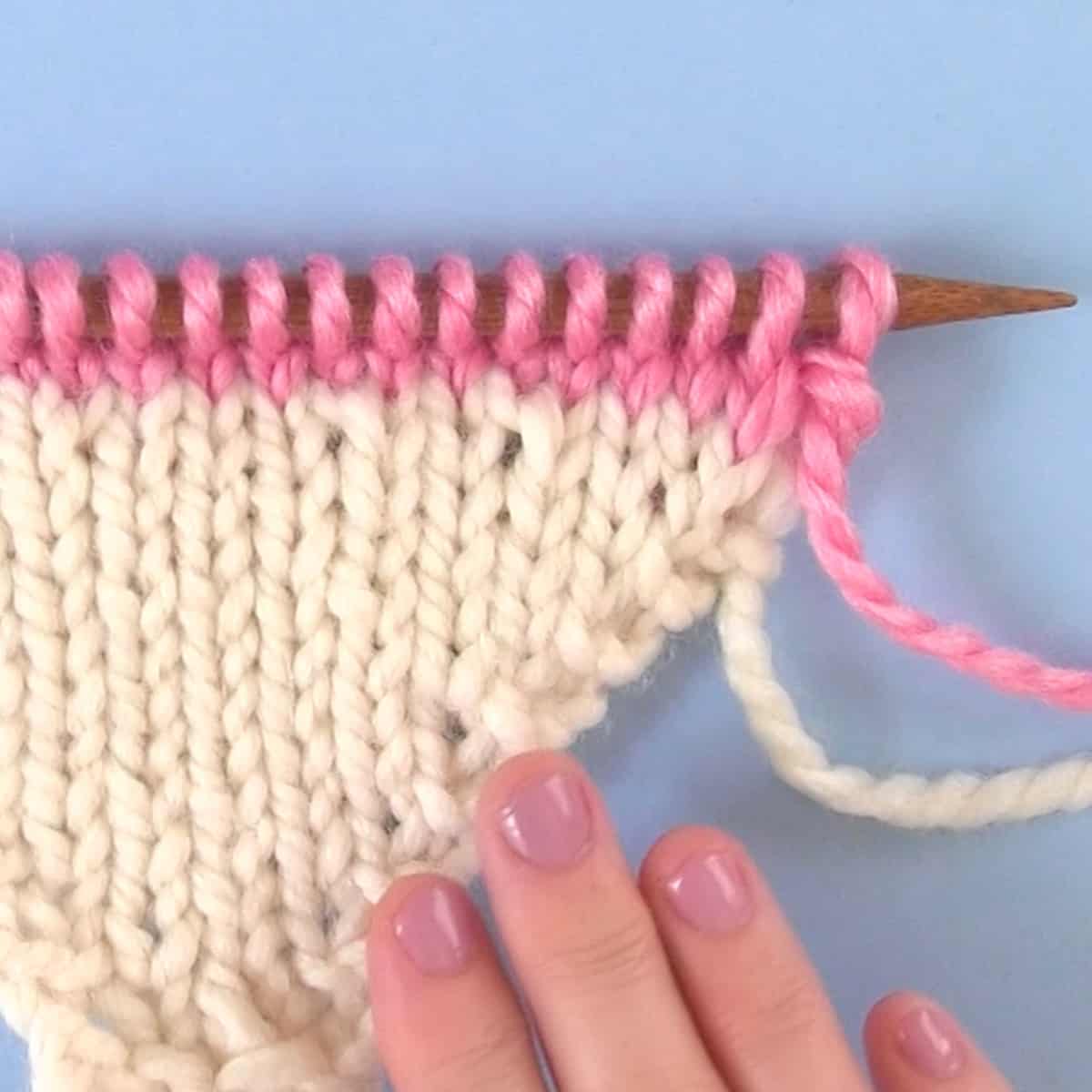
Make One Knitting Increase (M1, M1L, M1R) Studio Knit

Make 1 knitting increases (m1r and m1l) Knitting increase, Knitting
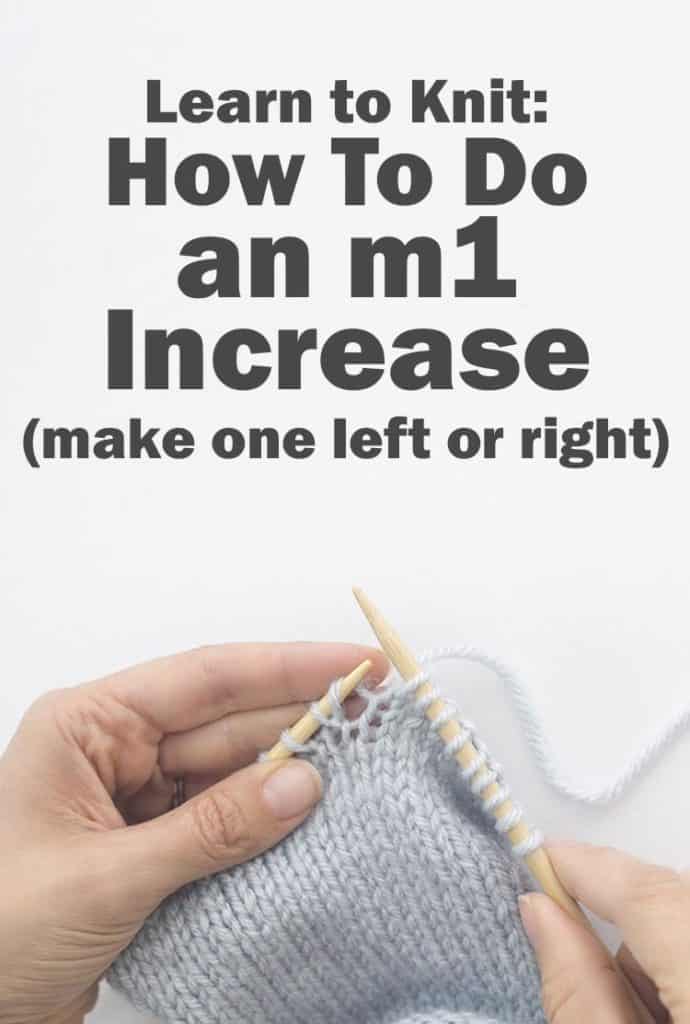
Learn to Knit Make One (m1) Little Red Window
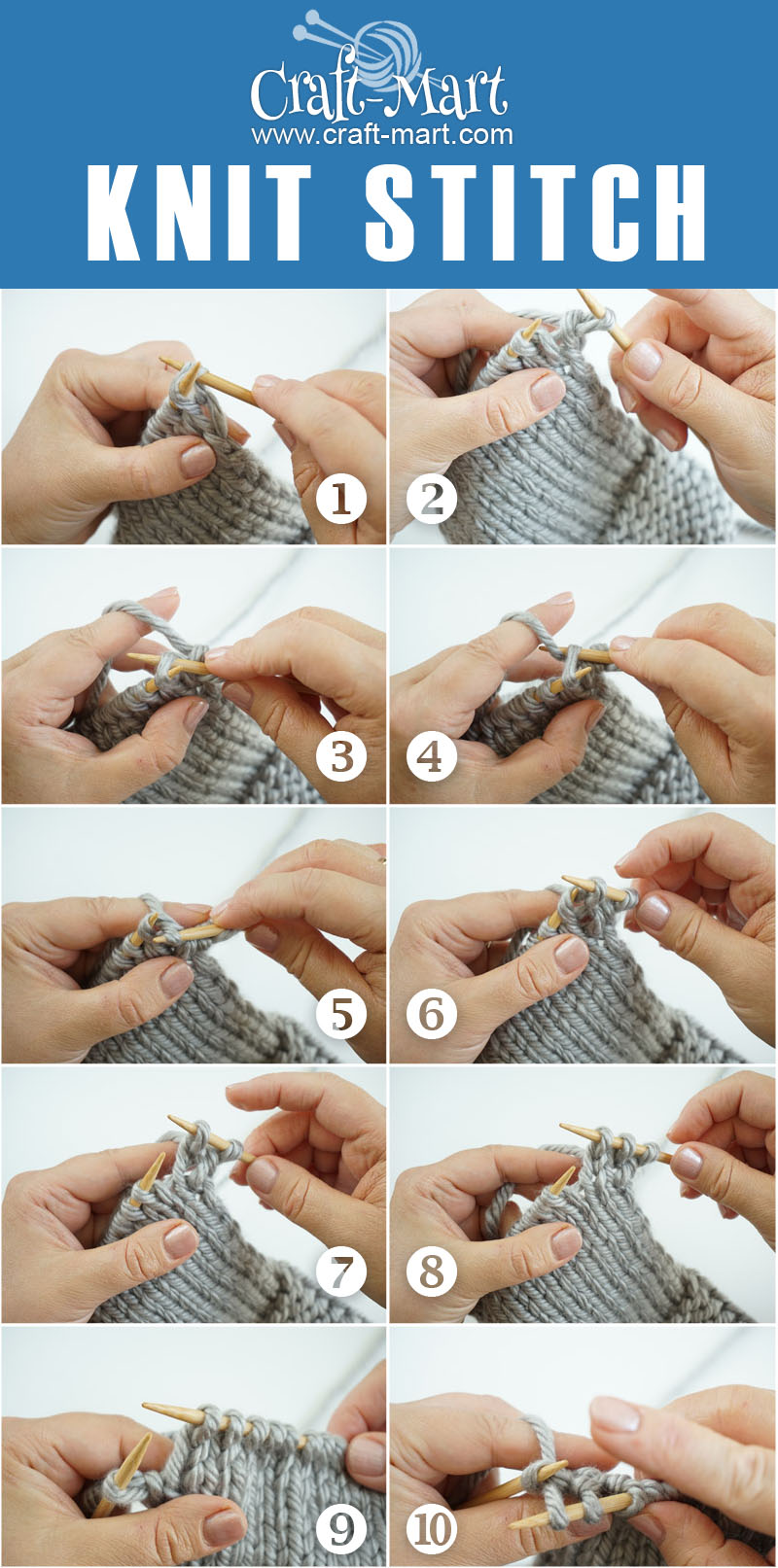
How to Do a Knit Stitch and Garter Stitch CraftMart
Web The Elasticity And Bulkiness Of The Pieces:
Lift The Bar Between The Two Purl Stitches With Your Left Needle, Bringing The Needle Towards You, I.e.
So Easy, You'll Be Knitting.
This Can Sometimes Be A Bit Fiddly.
Related Post: